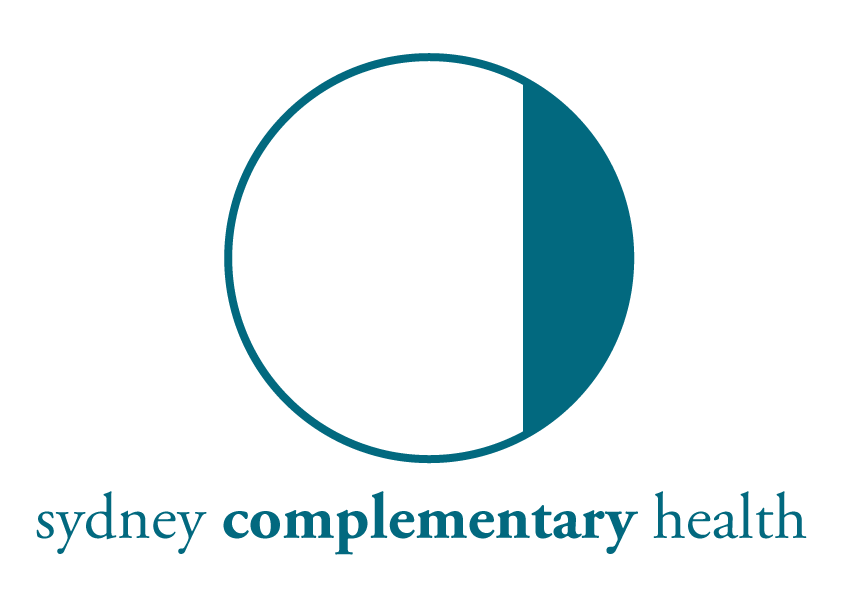I’ve had a bit of a run lately of people coming in with lower back pain that they can’t explain, often commenting that it’s worse when they go from sitting to standing. This frequently turns out to be the psoas muscle in spasm. The general response when I mention this is “Huh?” Most people don’t even know they have this muscle.
The psoas (with a silent “P”) runs from the inside of the transverse processes of your lumbar vertebrae (the attachment surfaces of the bones of your lower spine) internally to the lesser trochanter of your femur (an attachment point on the inside of the top of your thigh bone) and acts as a hip flexor (raises your knee towards your chest) and external rotator (turns your thigh out). When you are in a seated position it is in a shortened state, thus it often produces pain in the lower back when you stand and stretch it out.
The muscle also interacts with other muscles and it is important to address these when releasing the psoas. It is commonly associated with the iliacus muscle that runs from the inside of the iliac crest (the hip bone) and attaches at the same point on the femur, the two together being known as the iliopsoas. However, it also interacts with the quadratus lumborum (a deeper muscle of the lower back) and the diaphragm, which is the muscle that helps to inflate your chest when you breath. I’ve actually had patients come in with lower back back after a particularly violent sneeze as the diaphragm has set off both the QL and the psoas.
The psoas can also produce flow-on effects in the body if it is very tight or shortened. A tight psoas can impede the firing of the gluteus maximus (the large outer buttock muscle) and can in turn lead to overly tight hamstrings. The psoas can also put pressure on the femoral nerve that feeds the quadriceps, leading to weakness, pain and dysfunction.
For my money, the best treatment for this muscle is Bowen Therapy. There is a simple tweak to the attachment at the upper thigh that uses the stretch receptors in the muscle and fascia to release it. As it is largely an internal muscle, it is very hard to massage. It always works better if the accompanying muscles are also tweaked. There is also stretching to help release the muscle but it takes a little practice to get right. You need to stand in a straight-leg lunge with the leg of the side you are stretching, back. Then lift the chest up away from the groin and lean slightly to the opposite side. This should produce a slight pull at the inner, upper thigh.
